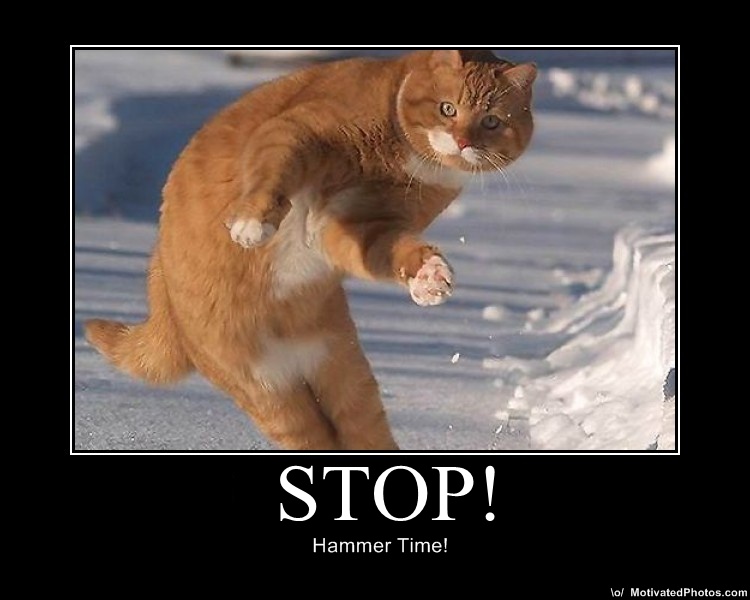Well, yes. I'd love to see a short video of a stroke though. I think I can do it, but I must not be doing it right...The tip of the cue goes down into the cloth very fast and it's very hard to cue smoothly. It would be great to see someone who's an expert at it, use that grip and wrist action.
I forgot to say yesterday, that I am very glad that you changed your mind. You're a valuable asset to the site & those that are looking to learn & improve.
One thing to keep in mind regarding the 'grip' is that the cue is held longer in the hand than most 'grips'. One can hold a hammer short or long. The same for a tennis racket but holding a tennis racket longer in the hand puts it more in line with the arm with less angle between the two.
When I first tried CJ's more firm 'tennis' type grip, I had a similar issue as you but in the horizontal direction as well.
I had to rotate my hand a bit clockwise for the cue & tip to track straight.
I don't think it will work very well if you are fixing your elbow tightly to a point in space. Allow it to do what it will & focus on the cue moving straight back & straight into the ball. Once you can stroke into the ball without the wrist action then you can focus on using the wrist action.
It's sort of like doing one of those picture puzzles from the bottom up. You need to have the lower pieces in place or there will be no where to put the higher up pieces.
I hope something here &/or what John has posted helps.
Best 2 You & Thanks for Staying Around.
Rick



